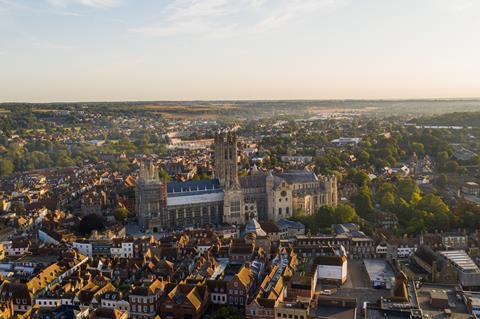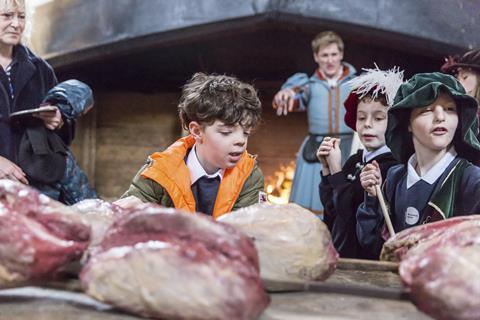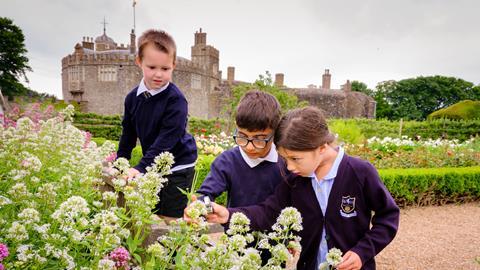Nothing inspires pupils more than stepping away from the classroom to experience times gone by at some of the most historically significant places around Great Britain. Whether it’s wartime visits or Tudor-linked sites, children can get to grips with the past by visiting the rooms that textbooks can only describe.
1. Walmer Castle, Kent
Children may be unaware of the role of Walmer Castle during the Tudor era, built originally as an artillery fortress, before being transformed into a stately home for the Lords Warden of the Cinque Ports, including the Iron Duke of Wellington. Topics which can be covered on a visit include the development of the church, state and society in Britain, along with general history studies which can be adapted depending on the key stage.
2. Tower of London
The imposing World Heritage Site on the banks of the River Thames showcases the dark and torturous tales linked to infamous prisoners over the years as well as its role as a royal palace, an armoury and a fortress. Not only can students stand where famous heads once rolled, but they can see the Crown Jewels, where kings and queens of England have stored their ceremonial regalia for over 600 years. Workshops and self-guided visits can be arranged.

3. Bletchley Park, Buckinghamshire
To truly understand the work of World War Two’s codebreakers, a visit to Bletchley Park is incredibly poignant and reminds children of the hard work that went into deciphering German enigma codes, saving thousands of lives in the process. School visits include an interactive workshop of the school’s choice, a guided tour and self-guided time so groups can explore the sites at their own pace.
4. Canterbury Cathedral
Originating from a Benedictine foundation, Canterbury Cathedral has been a seat of learning since the Middle Ages. The site has a tradition of welcoming visitors that reaches back to the days of medieval pilgrimage, a tradition which is still kept today. Students can step foot on the very spot where Thomas Becket was murdered in 1170 and benefit from a wide range of learning activities and curriculum linked sessions which aim to inspire children of all ages.

5. Portsmouth Historic Dockyard
The Mary Rose museum, HMS Victory and HMS Warrior are all waiting to be explored at Portsmouth Historic Dockyard, allowing students to step aboard and relive history. HMS Victory is possibly the Royal Navy’s most famous warship and best known for her role in the Battle of Trafalgar, HMS Warrior’s fame worldwide made her the jewel in the crown and the Mary Rose was commissioned by Henry VIII and although only the remains can be seen today, it’s quite a spectacle.
6. Hampton Court Palace
It goes without saying how notorious Hampton Court Palace is. The former home of Henry VIII sits proudly on the banks of the river thames and showcases Tudor life in an interactive way to engage students. Pupils can explore the rooms where Henry VIII’s marriages changed the course of history and tansport themselves back to the heyday of Tudor feasting and entertainment in the king’s kitchens.

7. Ironbridge Gorge Museum
Under the umbrella of Ironbridge Gorge Museum sits a wealth of attractions such as Blists Hill Victorian Town, Coalbrookdale Museum of Iron, Jackfield Tile Museum and Coalport China Museum, all of which providing an insight into the heritage of Shropshire. School children can dress in period clothes at Blists Hill or find out how iron, and particularly Coalbrookdale iron, changed the course of the world at its dedicated museum. School rates apply at all attractions.
8. Hadrian’s Wall
Stretching 73 miles from coast to coast, Hadrian’s Wall is a UNESCO World Heritage Site and was built to guard the wild north-west frontier of the Roman Empire. Schools can take their pick of where to explore the wall, with certain places along the route such as Birdoswald Roman Fort, offering a further insight into the lives of the once great leaders. Pupils can discover remains of the forts, towers, turrets and towns that once kept watch over the wall and come face to face with rare artefacts.





